
This story originally appeared on SmartAsset.com.
Many economists have theorized about what the shape of the COVID-19 recession — in other words, the possibilities for recovery — will be. Some individuals are still holding out hope for a “V-shaped” recession in which the economy will rebound as quickly as it declined, which would in turn allow many to begin to repair the dents suffered to their financial reserves.
Given the current circumstances, however, the odds that such an optimistic forecast will become reality have decreased. As coronavirus infection rates spike throughout the country, local governments may decide to reimplement business shutdowns and stay-at-home orders.
One way to visualize the recession’s shape thus far is to examine consumer spending. Consumer spending accounts for roughly 68% of U.S. gross domestic product, and thus drastically impacts the length and severity of a recession. In this study, SmartAsset took a closer look at consumer spending in the U.S. during the COVID-19 pandemic.
Data for this report comes from tracktherecovery.org, published by Opportunity Insights. The data comes from private companies, such as credit card processors and payroll firms. Opportunity Insights collected data for 51 cities total, and we considered all of them.
For the purposes of anonymity and privacy, credit/debit card consumer spending data is not reported in terms of gross amounts, but rather as a percentage relative to average spending from Jan. 4, 2020, through Jan. 31, 2020. To find where consumer spending has recovered the most and least, we first ranked each city according to two metrics:
- June 2020 consumer spending. This is consumer spending as of June 30, 2020, relative to average consumer spending between Jan. 4, 2020, and Jan. 31, 2020.
- Percentage point recovery. This is the difference between the lowest point in consumer spending relative to January 2020 and June 2020 consumer spending.
We ranked each city in each metric. Giving an equal weighting to both metrics, we found each city’s average ranking. The city with the highest average ranking received a score of 100, ranking as the place where consumer spending has recovered the most. The city with the lowest average ranking received a score of 0, ranking as the place where consumer spending has recovered the least.
10. Baltimore
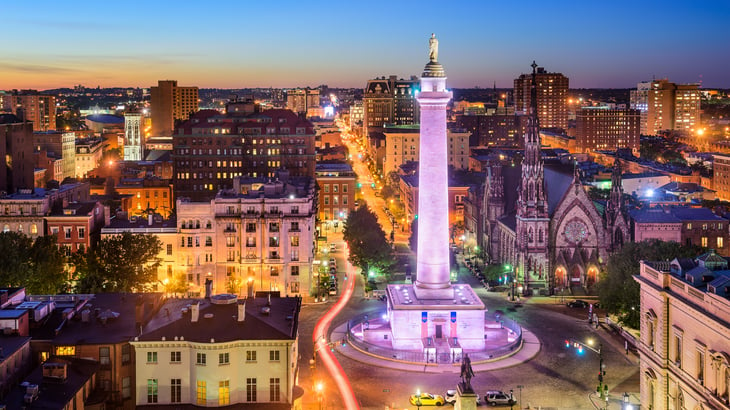
Baltimore lands at the bottom of our top 10 list of cities where consumer spending has recovered the most during the COVID-19 pandemic.
Consumer spending decreased by more than 35% during the pandemic, but as of June 30, 2020, the seven-day moving average was only 8.2% lower than the mean seven-day moving average in January 2020.
9. Oklahoma City
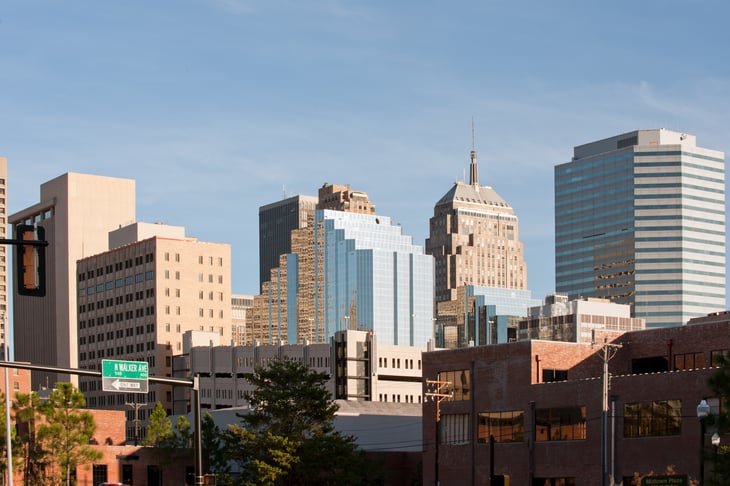
Oklahoma City had the fifth-highest June 2020 consumer spending and 22nd-highest percentage point recovery across all 51 cities in the study.
Consumer spending as of June 30, 2020, was 4.1% lower than in January 2020. This means that from its low of -30.6%, consumer spending recovered by more than 26 percentage points.
8. Wichita, Kansas
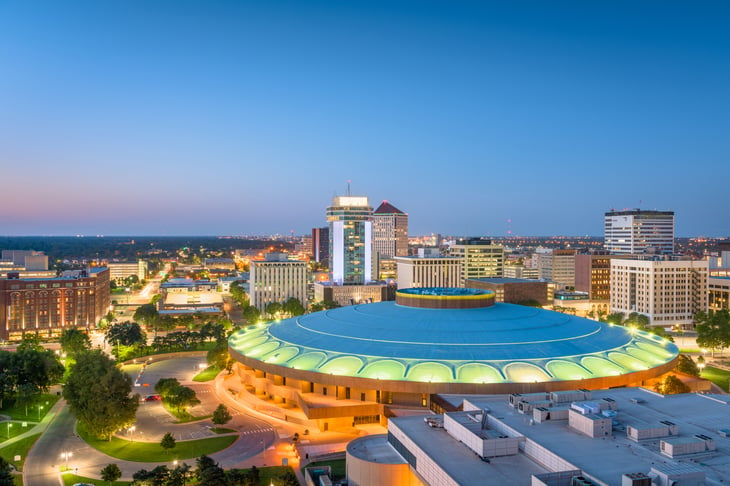
Wichita, Kansas, had the 15th-highest June 2020 consumer spending and 11th-highest percentage point recovery in the study.
From its lowest point, a -37.9%, consumer spending in Wichita recovered by more than 28 percentage points to its June 2020 point of just -9.7% (compared with January 2020 levels).
5. Minneapolis (tie)
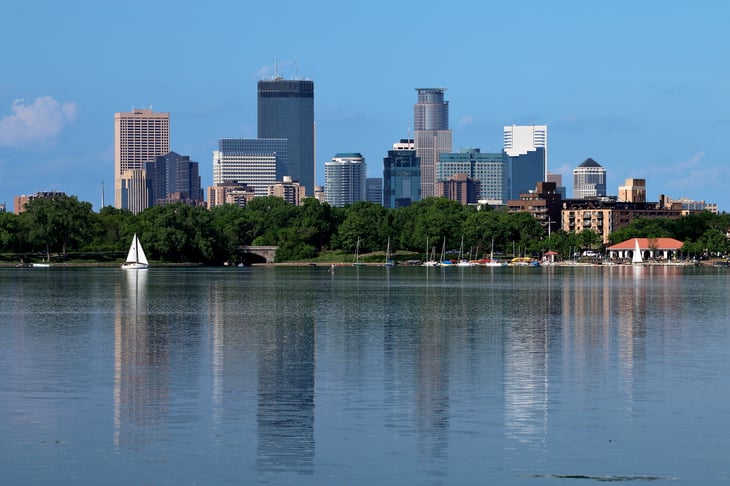
Minneapolis tied with two other cities for the No. 5 spot in the study.
June 2020 consumer spending in Minneapolis (-11.0% relative to pre-crisis levels) is the lowest of any city in our top 10, but it ranks well on our other metric: its percentage point recovery.
Specifically, with spending reaching -41.1% at its lowest point, it has since recovered 30.1 percentage points.
5. Bakersfield, California (tie)

Bakersfield, California, has the 12th-highest June 2020 consumer spending in the study. Furthermore, it has the 13th-highest percentage point recovery in the study (i.e. the difference between its lowest point in consumer spending and June 2020 consumer spending).
As of June 30, 2020, consumer spending was 8.5% lower than it was in January 2020, and from its low of -36.6%, consumer spending recovered by more than 28 percentage points.
5. Salt Lake City (tie)
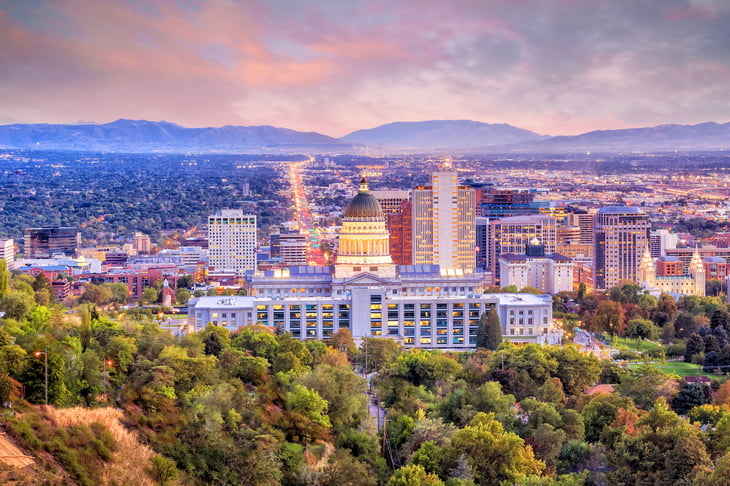
Though spending dropped less than the national average during the crisis in Salt Lake City, consumer spending by city residents has recently been closer to pre-pandemic levels than in many other places.
The seven-day moving average for credit/debit card spending on June 30, 2020, was only 5.2% lower than the mean seven-day moving average in January 2020.
4. Boise, Idaho
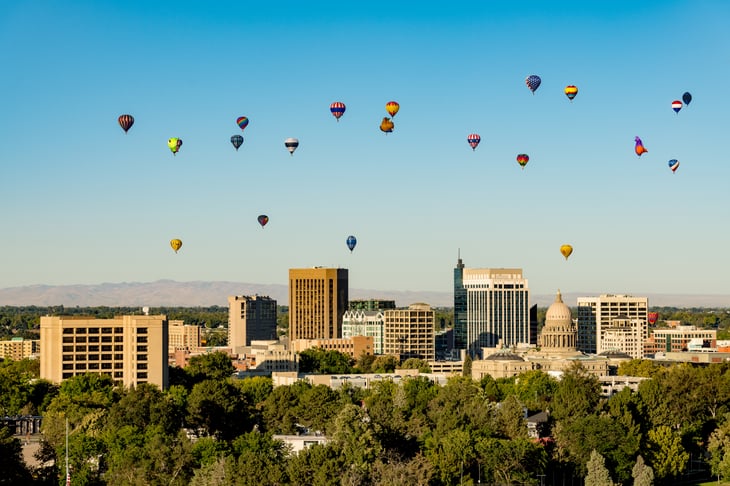
Boise, Idaho, has seen a smaller shock to consumer spending during the COVID-19 pandemic than most other cities in our study. The lowest point in consumer spending relative to average spending in January 2020 was -31.0%.
Boise has also recovered relatively well. As of June 30, 2020, total consumer spending was only about 3.6% less than average spending in January 2020.
3. Philadelphia
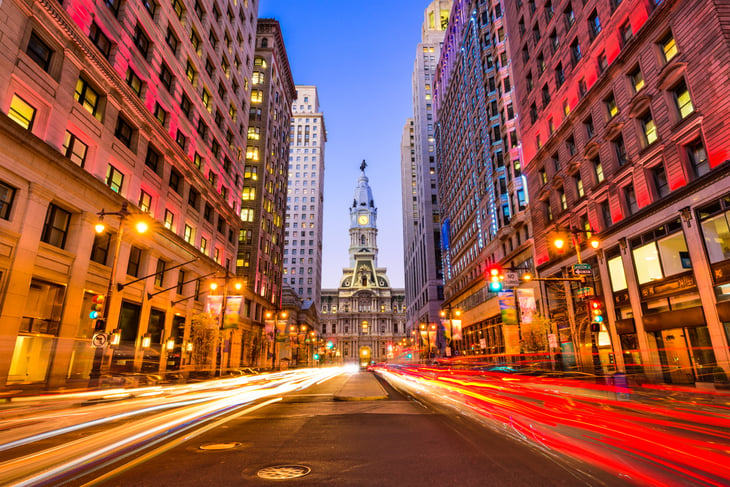
Philadelphia ranks third for cities where consumer spending has recovered the most during the COVID-19 pandemic.
There is a more than 30 percentage point difference between the city’s lowest point in consumer spending relative to average spending in January 2020 (-38.9%) and June 2020 consumer spending relative to average spending in January 2020 (-8.5%).
2. Boston
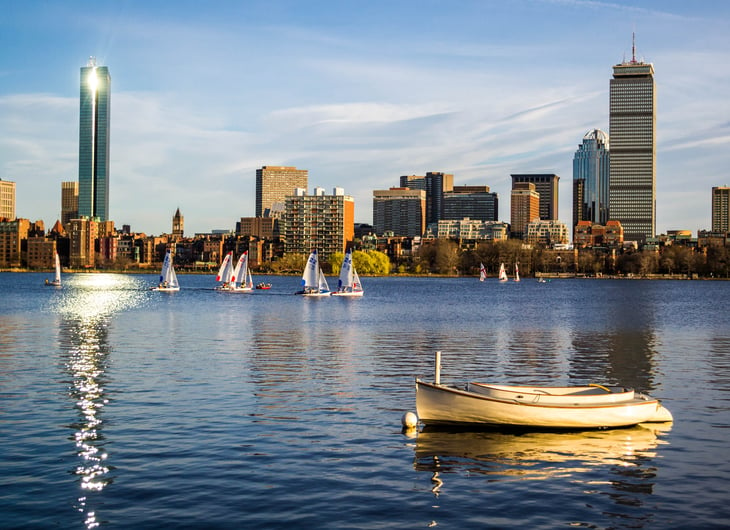
Boston has the eighth-highest June 2020 consumer spending relative to average spending in January 2020 and the highest percentage point recovery in our study.
As of June 30, 2020, total spending by all consumers was 6.4% lower than it was in January 2020. This figure marks a 48.3 percentage point recovery from the city’s lowest point in consumer spending relative to average spending in January 2020, at -54.7%.
1. Detroit
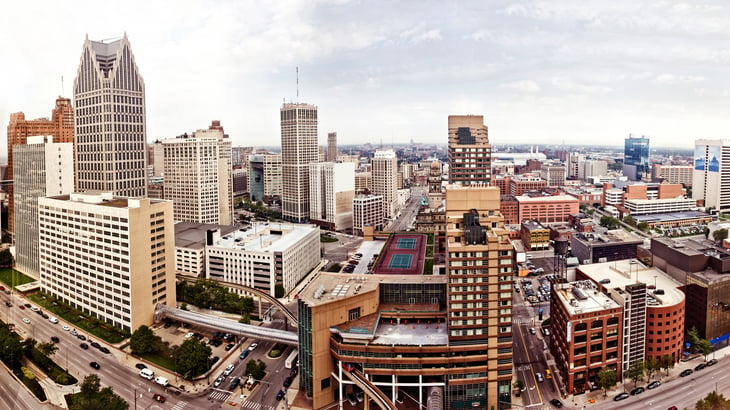
Total consumer spending in Detroit hit its lowest point on March 30, 2020, according to our data. As of that date, the seven-day moving average was more than 40% lower than pre-coronavirus levels.
Despite that fallout, consumer spending at the end of June 2020 was almost back to normal.
The seven-day moving average for credit/debit card spending on June 30, 2020, was only 1.8% lower than average spending in January 2020.
This means that consumer spending recovered close to 39 percentage points from its lowest point through the end of June.
A look at national consumer spending
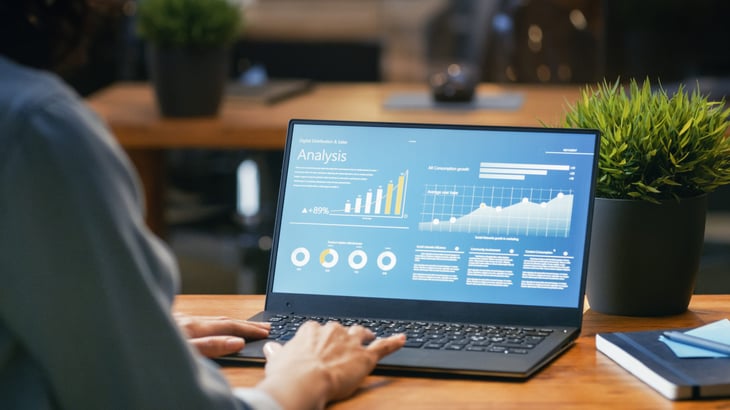
Nationally, consumer spending bottomed out in the last week of March 2020, about two weeks after the White House declared a national emergency concerning the coronavirus.
On March 30, the seven-day moving average (a technical indicator used to analyze trends) for credit/debit card spending was 33% lower than the mean seven-day moving average in January. Since then, consumer spending has somewhat normalized.
As of the end of June, total consumer spending was about 9% lower than it was in January.
Spending cuts during the COVID-19 pandemic have been concentrated in specific categories. Arts, entertainment and recreation spending in the U.S. saw the biggest shock, hitting its lowest levels in mid-April.
Additionally, transportation spending has also been significantly affected by individuals limiting their professional and personal travel. In contrast, grocery and food store spending remained steady throughout the peak weeks of the crisis.





Add a Comment
Our Policy: We welcome relevant and respectful comments in order to foster healthy and informative discussions. All other comments may be removed. Comments with links are automatically held for moderation.